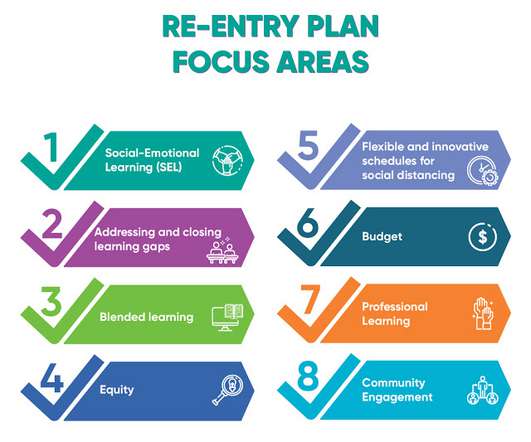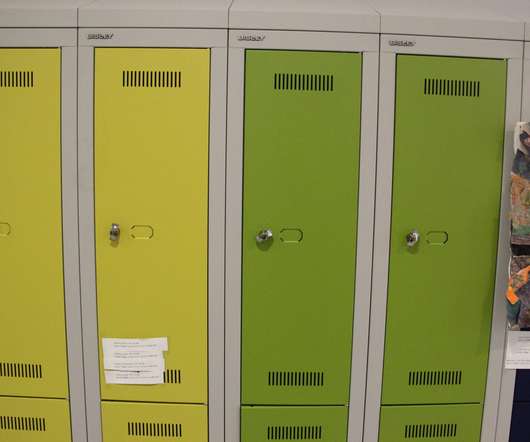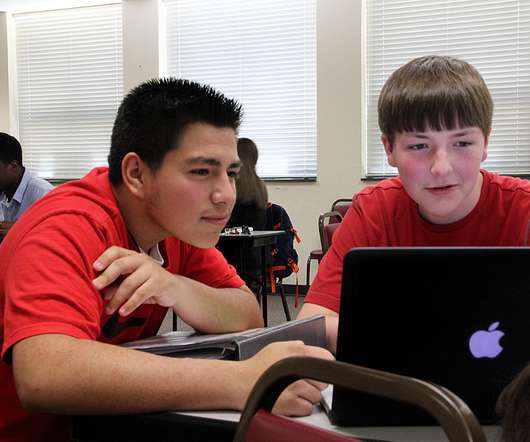4 ways to use ChatGPT in your STEM classroom
eSchool News
MAY 24, 2023
Using Desmos was seen as being particularly egregious, as educators feared that students may have access to the internet and may surf the web while they should be learning or during summative assessments. A few years later, the discussion changed to an argument about the pros and cons of using a Desmos calculator on their classroom iPads.




























Let's personalize your content